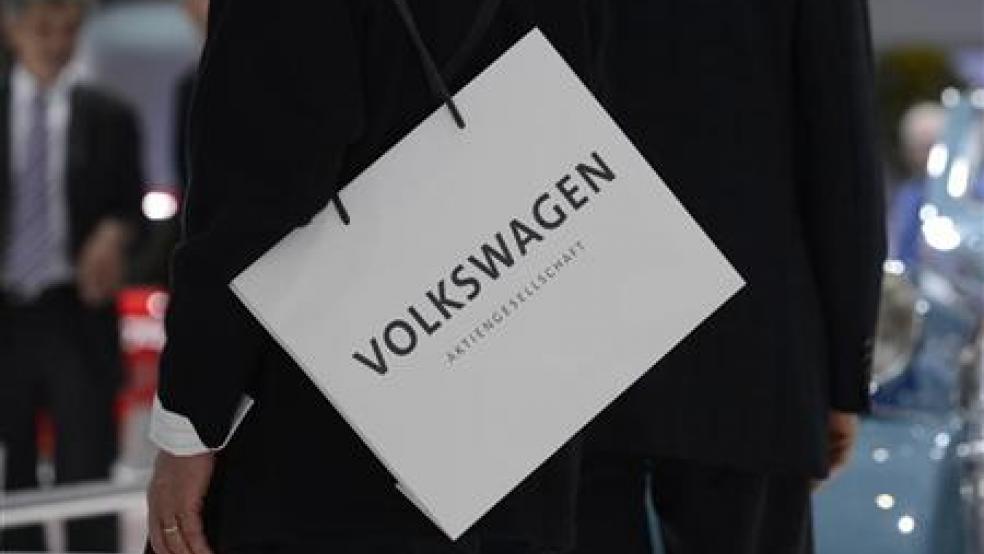FRANKFURT (Reuters) - Volkswagen <VOWG_p.DE>, the world's second largest carmaker, will invest about 170 million euros ($225 million) building a new plant in Urumqi, western China, capable of making 50,000 vehicles annually starting 2015, the company said on Monday.
VW's two Chinese joint ventures are investing a total of 14 billion euros by 2016, and the German-based group has said in the past its annual production capacity in China would rise to 3 million cars as early as next year.
Chief Executive Martin Winterkorn had told reporters in January that Beijing had approached the carmaker, the first to enter China, with the request to consider extending its substantial manufacturing footprint to the western part of the country.
Urumqi is the capital of the province Xinjiang, a relatively poor part of the China where there are ethnic tensions between the Muslim Uighurs and the Han Chinese.
The relatively modest investment sum and production capacity reflect the risks.
Compared with the 50,000 cars that Volkswagen and local partner Shanghai Automotive (SAIC) intend to build in Urumqi, VW-SAIC plan to build six times as many in a new plant in Yizheng near Nanjing near China's wealthy eastern coast.
Winterkorn referred in a statement to a "30-year success story" that united Volkswagen and China.
"As a pioneer of the Chinese automotive industry we gave important momentum to China's industrial development and to German-Sino economic relations," he said.
He added: "Together with our partners we will now carry this pioneering spirit into Western China as well."
Volkswagen also said that it agreed to extend the joint venture formed in 1991 with FAW, its second Chinese local partner, by a further 25 years.
The two had announced in June 2010 they would invest about 520 million euros to build a plant near Guangzhou, VW's first in southern China, which can build as many as 300,000 vehicles.
(Reporting by Christiaan Hetzner; Editing by Helen Massy-Beresford)


